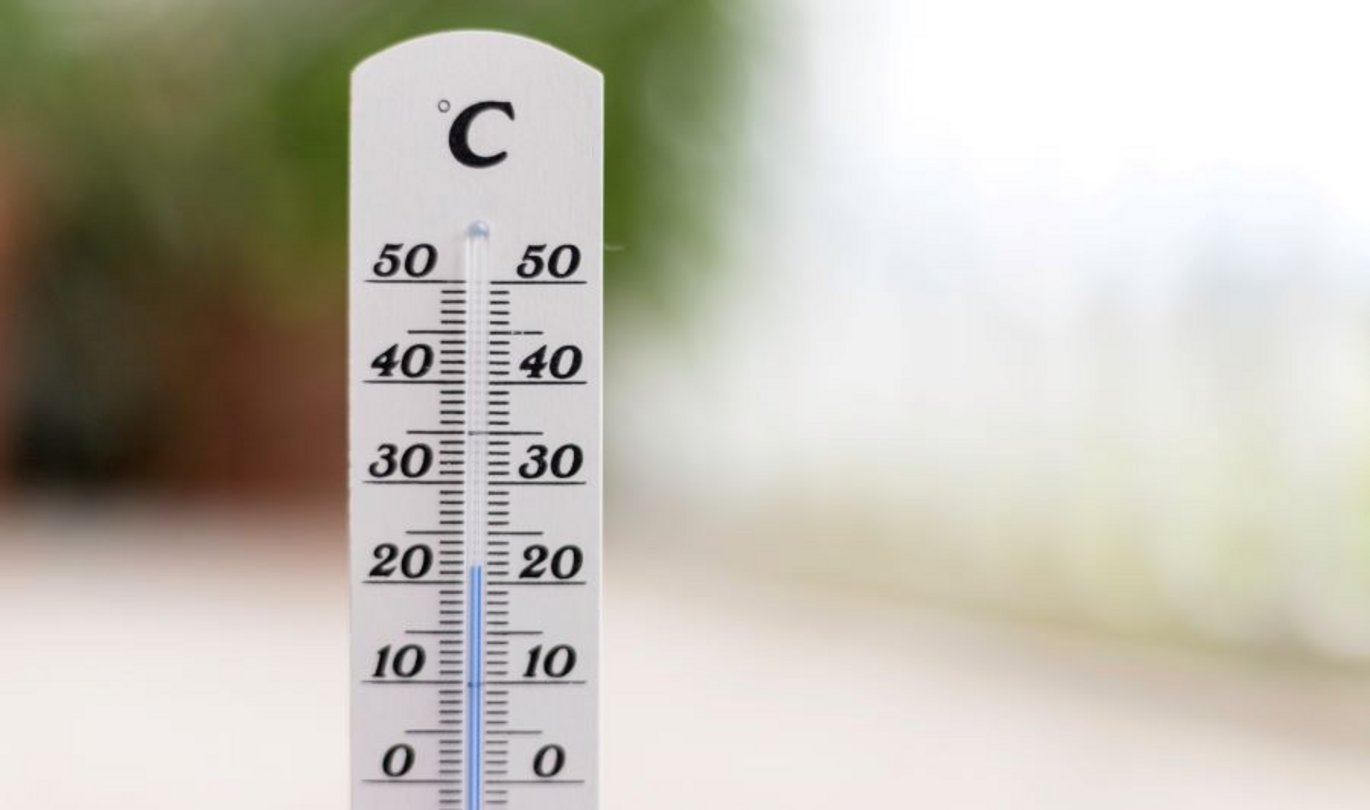AU is setting all thermostats at 21 degrees Celsius to reduce its climate footprint
From now on, Aarhus University will set the heat at 21 degrees in all buildings during the autumn and winter months. This is part of the university's efforts to reduce its climate footprint.

21 degrees Celsius. When the university turns on the heat in all the radiators in its lecture halls, offices, canteens and other rooms, all of the thermostats will be set to this temperature. Not quite as warm as a lot of us might be used to. But this is an important contribution to reducing AU’s climate footprint.
At Nat and Tech, as well as in a number of buildings at Health and Arts, the standard temperature of 21 degrees has already been introduced – or the switch is well under way. And according to OSHA rep Palle Jørgensen from the Department of Agroecology - Soil Physics and Hydropedology, this temperature range is perfectly comfortable.
“In my work as a lab technician, it isn’t something that’s affected me. Since they adjusted the temperature, however, I’ve noticed how differently people experience 21 degrees. Partly because we’re different as people, and partly because our working lives are different – for example, some people sit still, while others move around more,” Palle said.
In this light, it’s likely that some employees will feel a need to put on an extra layer on top of their T-shirt; 21 degrees can feel cool in relation to the temperatures some buildings are kept at today. In some places, temperatures have been has high as 24-25 degrees. For every degree the temperature is reduced in a building, the university’s heat consumption will fall by a minimum of three per cent.
University Director Arnold Boon is spearheading AU’s climate strategy, and he stressed that reducing university-wide heat consumption can help make our future greener.
"Keeping the thermostat at 21 degrees in all our buildings is something that will have a rapid impact on the university's energy consumption and help to reduce the university's overall climate footprint," said Arnold Boon, who added that the results achieved in the buildings where a fixed temperature of 21 degrees has already been introduced will be included in the work.
By turning down the thermostat, Aarhus University is in line with the Danish Working Environment Authority’s recommendations for room temperatures in a workplace like the university, explained Bent Lorenzen, head of building services at Nat and Tech.
“The Danish Working Environment Authority recommends a room temperature of 20-22 degrees for sedentary work under normal climatic and working conditions. So in aiming to keep the temperature at 21 degrees, we’re adhering to those the recommendations," he said, and explained that all buildings have been inspected at Nat and Tech, and that some of the old thermostats have been replaced some of the old thermostats with new ones which can be regulated better.
44 green activities in 2020
The fixed temperature of 21 degrees in all rooms is being introduced as a result of the university’s new climate strategy, the goal of which is to reduce the university’s total CO2 emissions from operations by 25% per cent in 2030. In addition to regulating the temperature in the university’s buildings, AU has already launched 43 other concrete initiatives in the action plans for 2020, all of which will make significant reductions in carbon emissions from university operations possible. For example, a waste sorting pilot project in study areas, libraries and canteens and an experiment with power metres on selected IT equipment. Read more about the 44 activities.
Facts
- For every degree the temperature is reduced in a building, the university’s heat consumption will fall by a minimum of three per cent.
- At Nat and Tech, as well as in a number of buildings at Health and Arts, the standard temperature of 21 degrees has already been introduced – or the switch is well under way. This is an adjustment that will be made in all of the university’s buildings.
- The Danish Working Environment Authority(in Danish) recommends a room temperature of 20-22 degrees for sedentary work under normal climatic and working conditions. The university has consulted these recommendations and will adhere to them.
Questions?
If you have any questions about the temperature in the building where you work, you can contact the relevant head of technical services: Leerhøy, Conor Richard O'Connor (Health), Lorenzen, Bent (Nat/Tech), Mitens, Lars (Arts) and Vestergaard, Peter Bachmann (Aarhus BSS and the administration).
You can also contact the facility management employee who is responsible for your building. Find your local facility management employee on this website.
